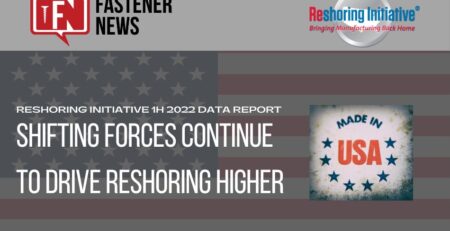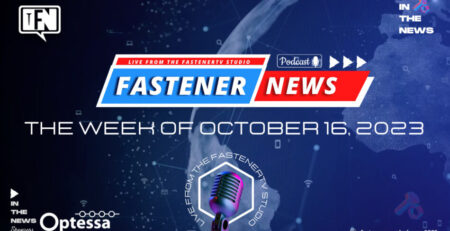Potential UPS Strike Could Be Costliest in a Century
A 10-day UPS strike could cost the US economy more than $7B, with $4B in losses for consumers & small businesses
East Lansing, Mich. – According to a new analysis by the consulting firm Anderson Economic Group (AEG), a threatened strike by 340,000 members of the Teamsters union against UPS could become one of the costliest in at least a century.
Based on information available to AEG as of the date of this release:
- A 10-day strike would likely furlough 340,000 workers, who are currently earning annual wages of approximately $90,000 per year (excluding benefits), resulting in wage losses of $1.1B.
- Only a fraction of impacted deliveries would be filled by FedEx, USPS, other carriers, or direct delivery.
- UPS customers could incur losses in excess of $4 billion.
Patrick Anderson, AEG’s principal and CEO, notes a UPS strike would be unique, resulting in “lost parts and goods within just a few days.” This interruption would trigger near-immediate lost sales and lost wages, along with “significant and lasting harm for small businesses, household workers, sole practitioners, and online retailers across the country.”
AEG analyst Shay Manawar further explains that the delivery of critical medical supplies and similar essential items would almost certainly be interrupted.
“In addition to having potentially severe consequences for those who need these supplies, this sort of interruption in service could prove very costly due to required intervention and emergency medical services,” Manawar said.
Estimating Economic Losses from a Potential Strike
To determine the economic impact of a potential UPS strike, Anderson Economic Group estimated losses that include:
- Lost wages to workers, including striking workers and others who are temporarily laid off or forced to decrease hours worked;
- Lost earnings for UPS, taking into consideration that the company would not be paying wages to the striking workers;
- Lost goods, services, and worker wages in other industries; and
- Direct losses to consumers that cannot be absorbed by adjusting noncritical timelines or substituting goods.
These loss estimates do not include strike pay or assessments for strike pay; unemployment benefits or unemployment taxes; income taxes on wages; any settlement bonuses (which are transfers from shareholders to workers and do not represent U.S. income lost); or any reputational damage to the union or the employer.
Table 1 – Estimated Economic Losses from
Potential 2023 UPS-Teamsters Strike:
| Number of Workers Striking | 340,000 |
| Lost Production Days | 10 |
| Lost Direct Wages (in $millions) |
$1,113.8 |
| Company Losses (in $millions) |
$816 |
| Direct Economic Loss (in $millions) |
$1,929.8 |
| Industry Multiplier | 1.25 |
| Industry Economic Loss (in $millions) |
$2,412.3 |
| Other Consumer Losses (in $millions) |
$4,641 |
| Total Economic Loss (in $millions) |
$7,053.3 |
Source: Anderson Economic Group, LLC.
Notes: Loss figures in $millions. 2023 events are conjectures.
Strike-caused economic losses include only direct losses to affected workers, businesses, and customers.
Estimated losses do not include settlement bonuses, transfer payments, strike pay, unemployment insurance taxes or benefits, or income tax changes.
Presumes no permanent change in production or employment caused by strike.
Company losses are direct economic losses and will differ from accounting charges.
Because there is no way to quantify the costs associated with non-delivery of critical medical supplies, this estimate does not incorporate this important potential consequence.
2023 Research Methodology
The firm’s consultants followed the same proven, accurate methodology used to estimate impacts from the 2019 UAW strike, the threatened 2022 rail union strike, two West Coast port shutdowns, the 2003 East Coast electrical blackout, the 2022 Türkiye-Syria Earthquake, and other significant events in the firm’s 27-year history.
Interruptions of comparable scale in the past century include the 1970 postal workers strike; the 1959 steel union strike; the 1992 rail strike; and the 2019 UAW strike against GM. The 1922 UMW strike against coal mining companies, which involved at least 425,000 striking workers, could be the largest beyond the last 100 years.
SOURCE: Anderson Economic Group (AEG)
RELATED CONTENT:
IFE 2023 Sessions: Ignite Your Passion, Expand Your Knowledge!
Distribution, Fastener News, Fastener News Desk, Fastener News Podcast, Featured, Supply Chains















Leave a Reply